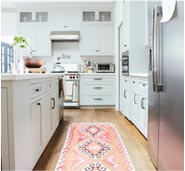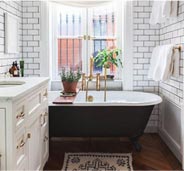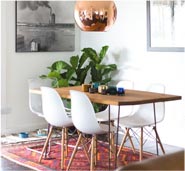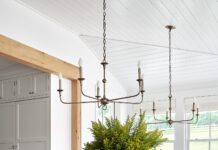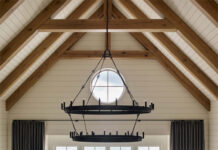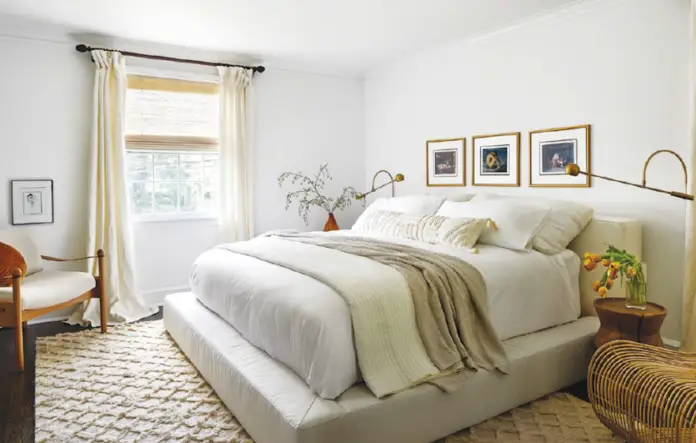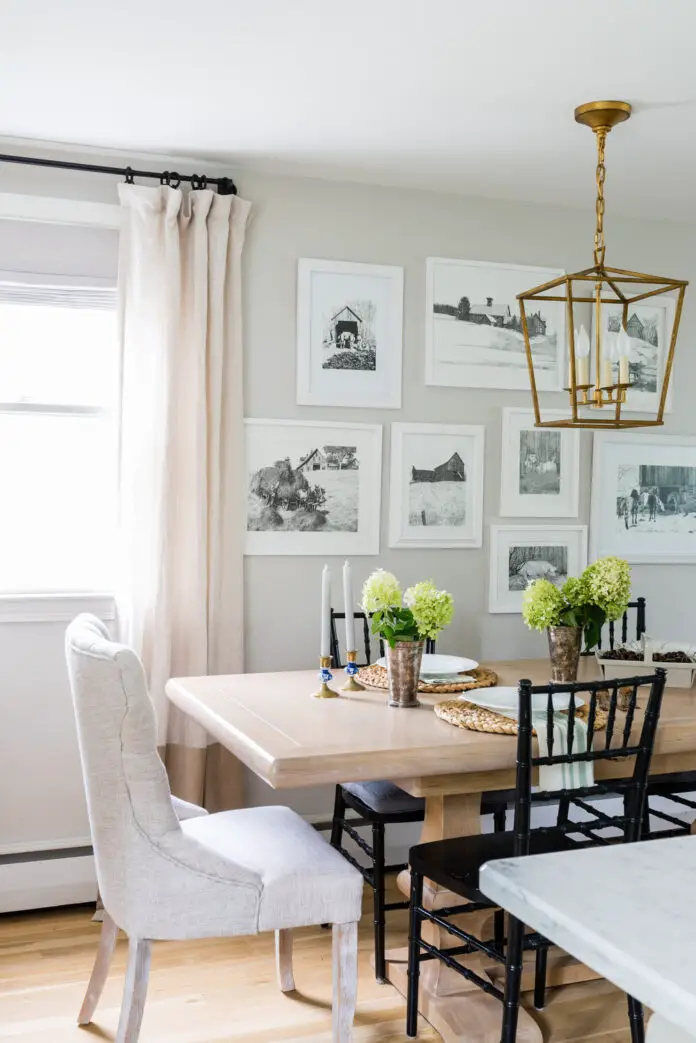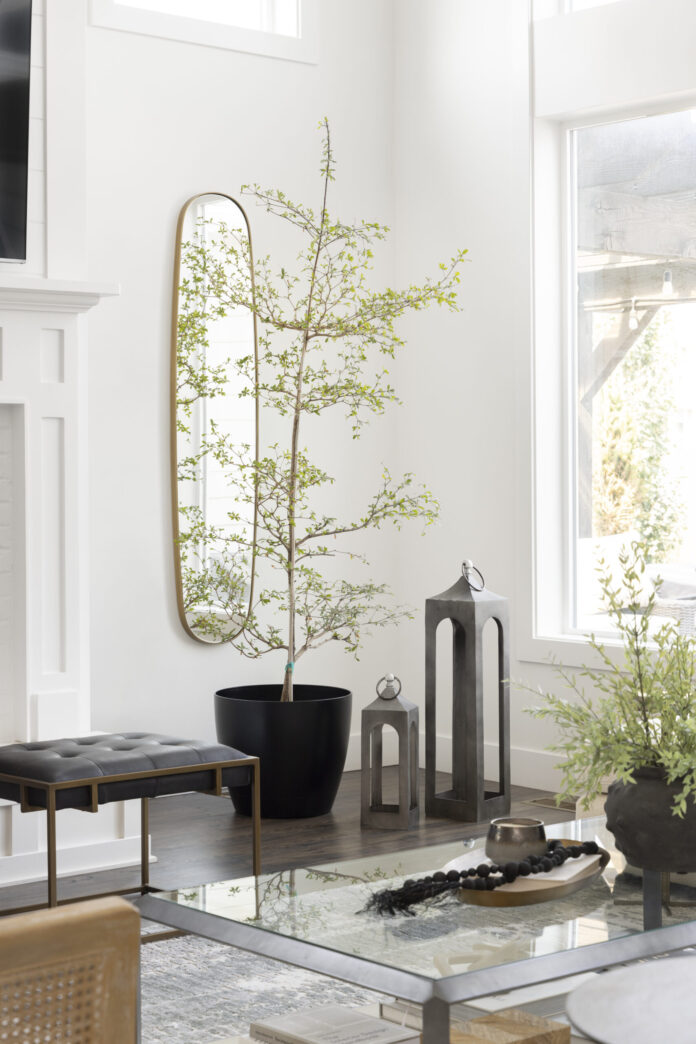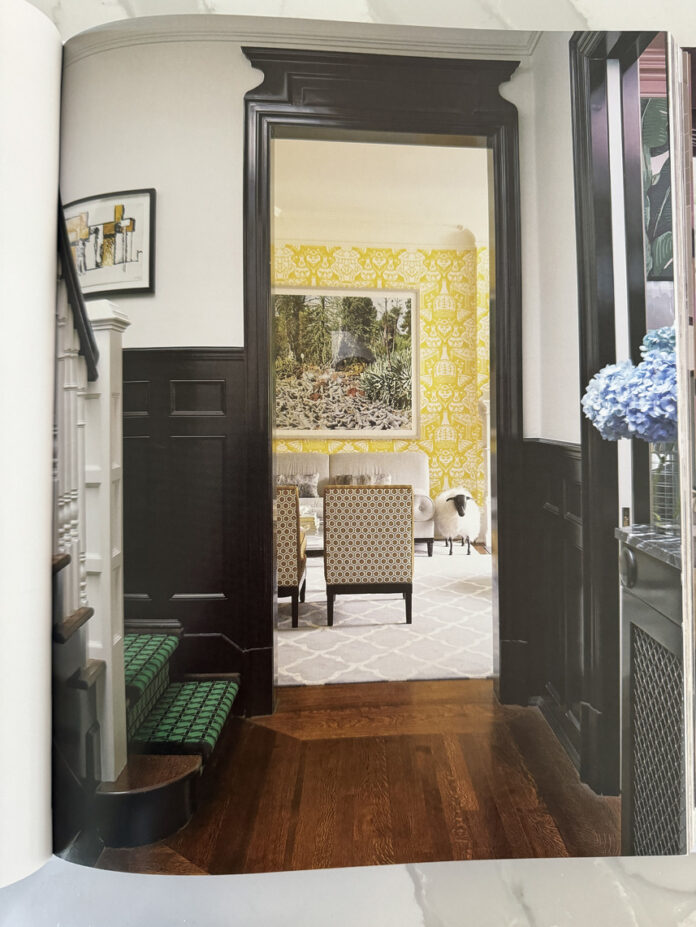Color Story: Using pink in interior design
Using pink in interior design can add a lovely touch of warmth, playfulness, and sophistication to a space. Here are some ways you can incorporate pink into your interior design:
used with permission from Andrea West Design
Accent Wall: Paint one wall in a soft blush...
Crafting Harmony: Designing the Ultimate Family Hangout Room
In the fast-paced whirlwind of modern life, carving out quality time to connect with family members can sometimes feel like a challenge. Yet, designing the ultimate family hangout room offers a sanctuary where loved ones can come together, relax, and bond. Whether it's game nights, movie marathons, or simply unwinding after a busy day, creating the ultimate...
Organizing Playtime: Effective Strategies to Keep Kids’ Toys Tidy
As any parent knows, keeping kids' toys organized can feel like a never-ending battle. From Lego sets to stuffed animals, toy cars to action figures, the assortment of playthings seems to multiply overnight, quickly turning a tidy playroom into a chaotic mess. However, with the right strategies and systems in place, maintaining toy organization can become a...
Creating Tranquility: The Art of Serene Master Bedrooms
In the hustle and bustle of modern life, our bedrooms serve as sanctuaries, places of solace and rejuvenation. Among them, the master bedroom holds a special significance. It's not merely a place to sleep; it's a personal haven, a retreat from the chaos of the world. In crafting a serene master bedrooms, we seek to cultivate an...
Decorating your home with plants and flowers
Decorating your home with plants and flowers can add life, color, and a sense of tranquility to your living space. Here are some tips for effectively incorporating plants and flowers into your home decor:
Photo by Spacejoy on Unsplash
First, plant basics
Choose...
10 Overlooked Spring Cleaning Tasks for a Truly Fresh Home!
Spring cleaning is a comprehensive process, and it's easy to overlook certain areas or tasks in the midst of it. Here are some commonly overlooked things during spring cleaning:
Overlooked Spring Cleaning Tasks
First, start with Ceiling Fans and Light Fixtures: Dust and dirt accumulate on ceiling fans and light fixtures...
Choosing fresh paint colors or wallpaper for spring
Choosing fresh paint colors or wallpaper for spring can breathe new life into your living space and reflect the vibrancy of the season. Here are some tips to help you select the perfect hues:
10 tips for choosing fresh paint colors or wallpaper for a spring-ready home
Consider Spring Palette: Look...
Beginner’s Guide To Perspex Sheets
Perspex sheets have a huge variety of uses, due to their durability, flexibility and cost efficiency. Also known as plexiglass or acrylic glass, perspex sheets are stronger than glass but still maintain crystal-clear opacity. Here’s a simple guide to perspex sheets …
used with permission from Andrea West Design
“Authentic Interiors” by Philip Gorrivan
"Authentic Interiors" by Philip Gorrivan delves into the principles and practices of creating spaces that reflect genuine character and style. Through a fusion of timeless design elements and contemporary sensibilities, Gorrivan explores the art of crafting interiors that resonate with authenticity.
The book begins by examining the importance of...
What are the benefits of window sills?
Window sills are one of the vital parts of every modern home. Most houses are fitted with window sill from the construction period. Despite the fact that many homes may have very small sills, most feature some kind of structure.
Window Sill: what is it?
Photo...


